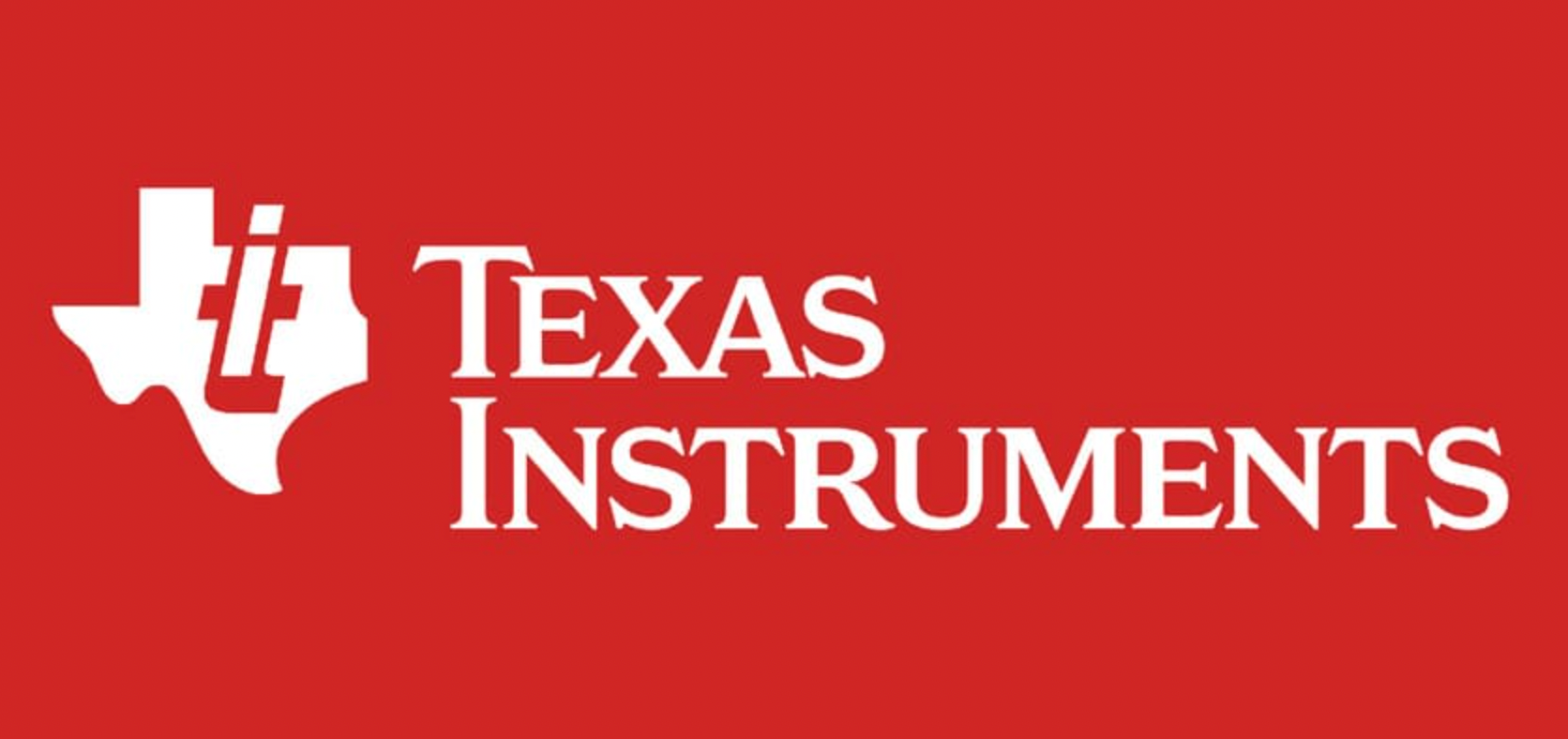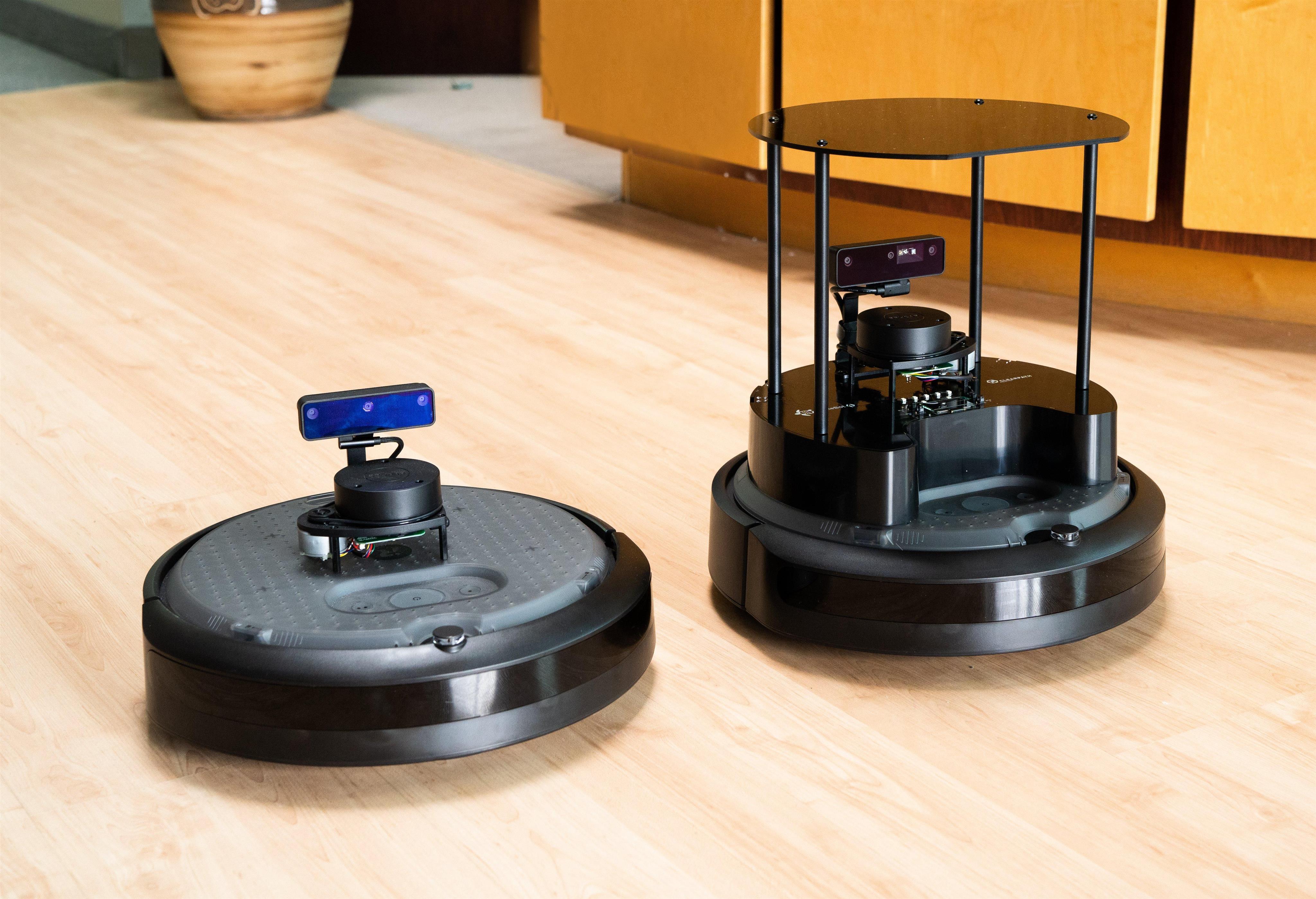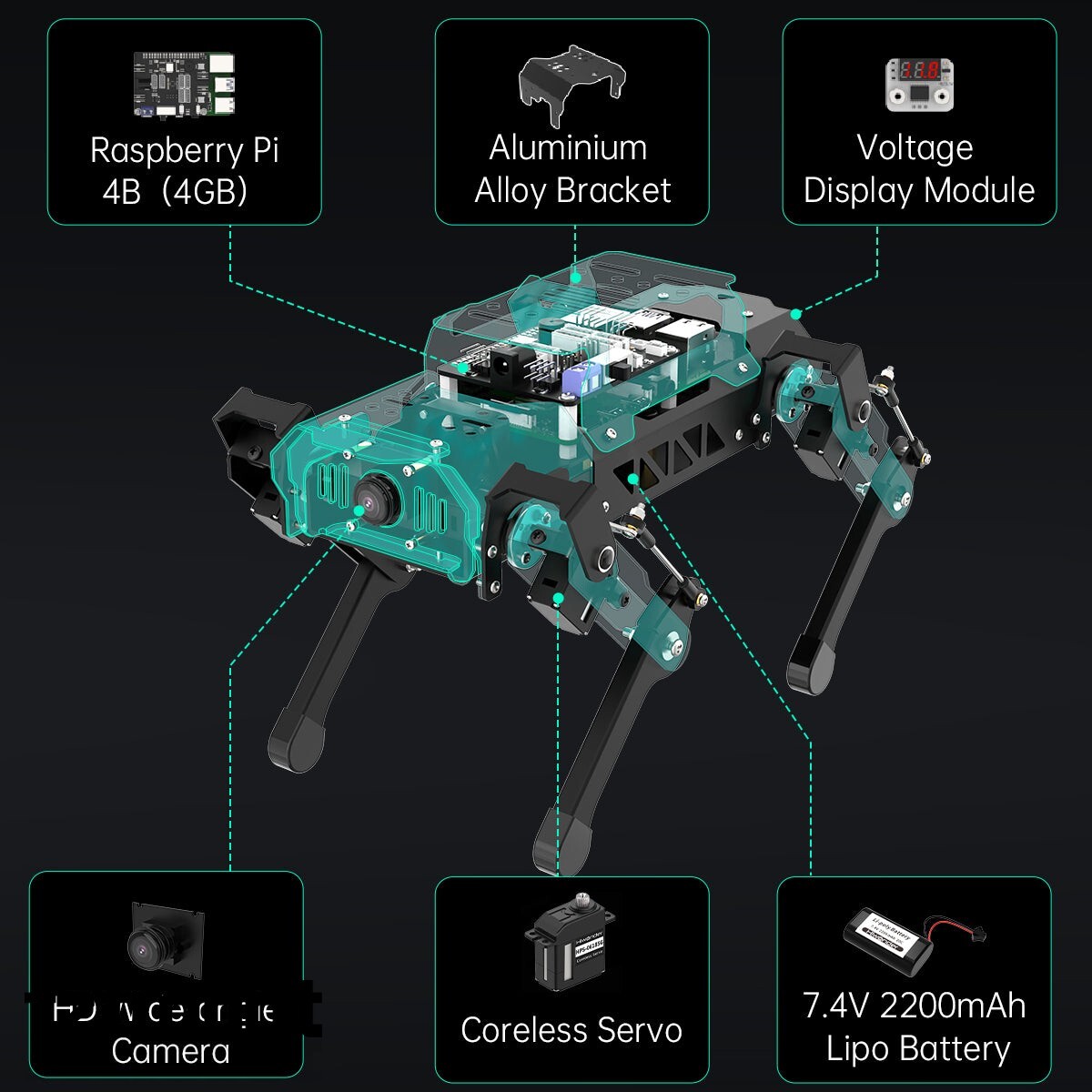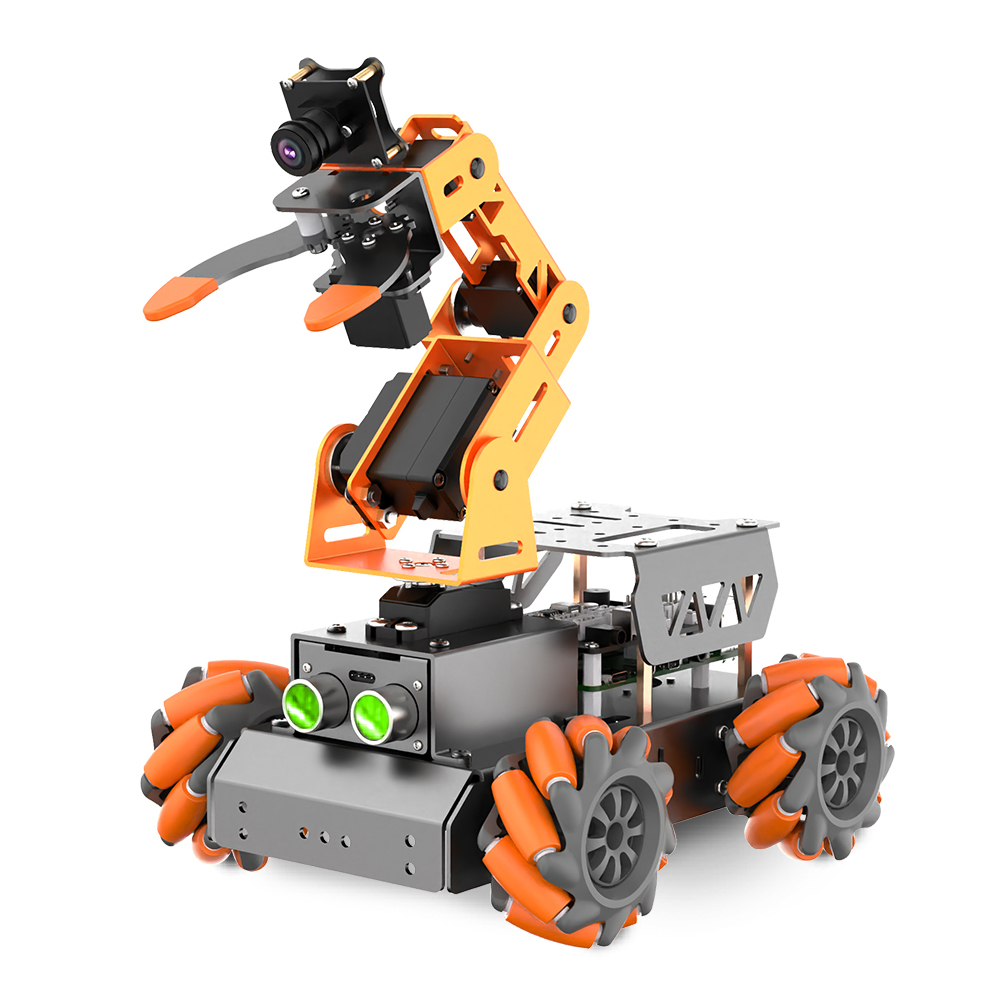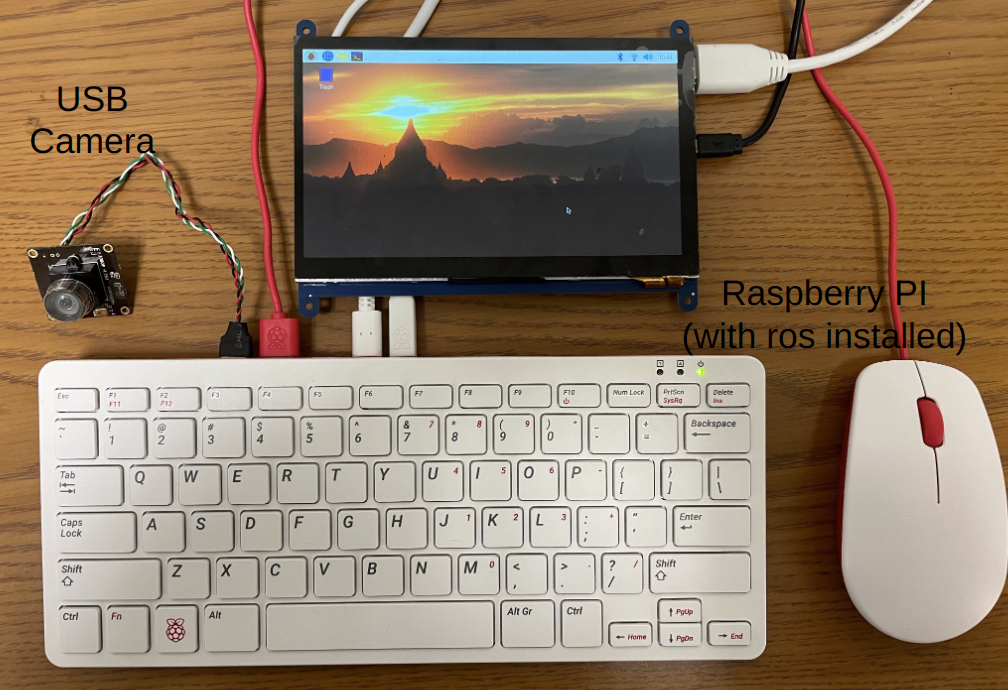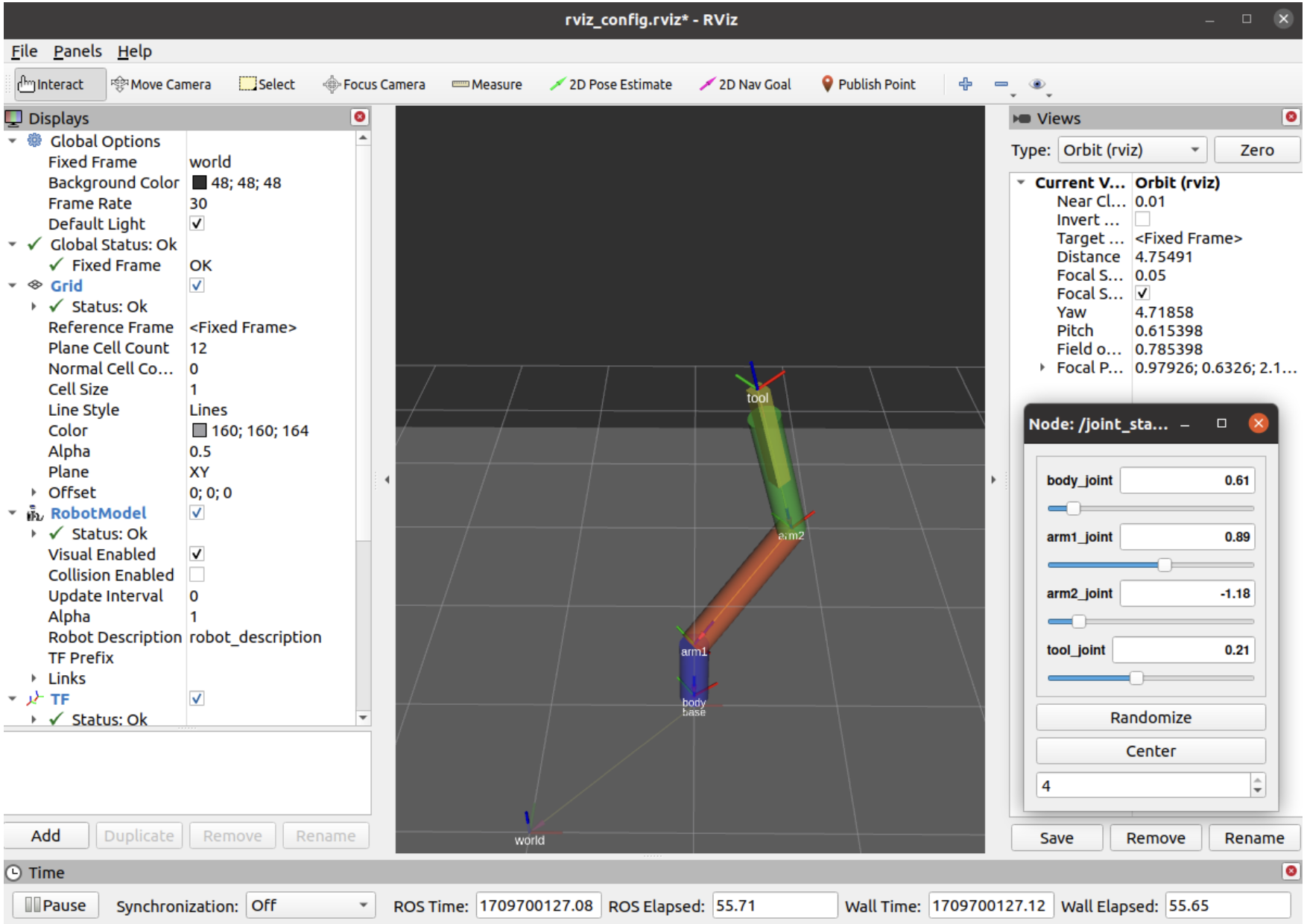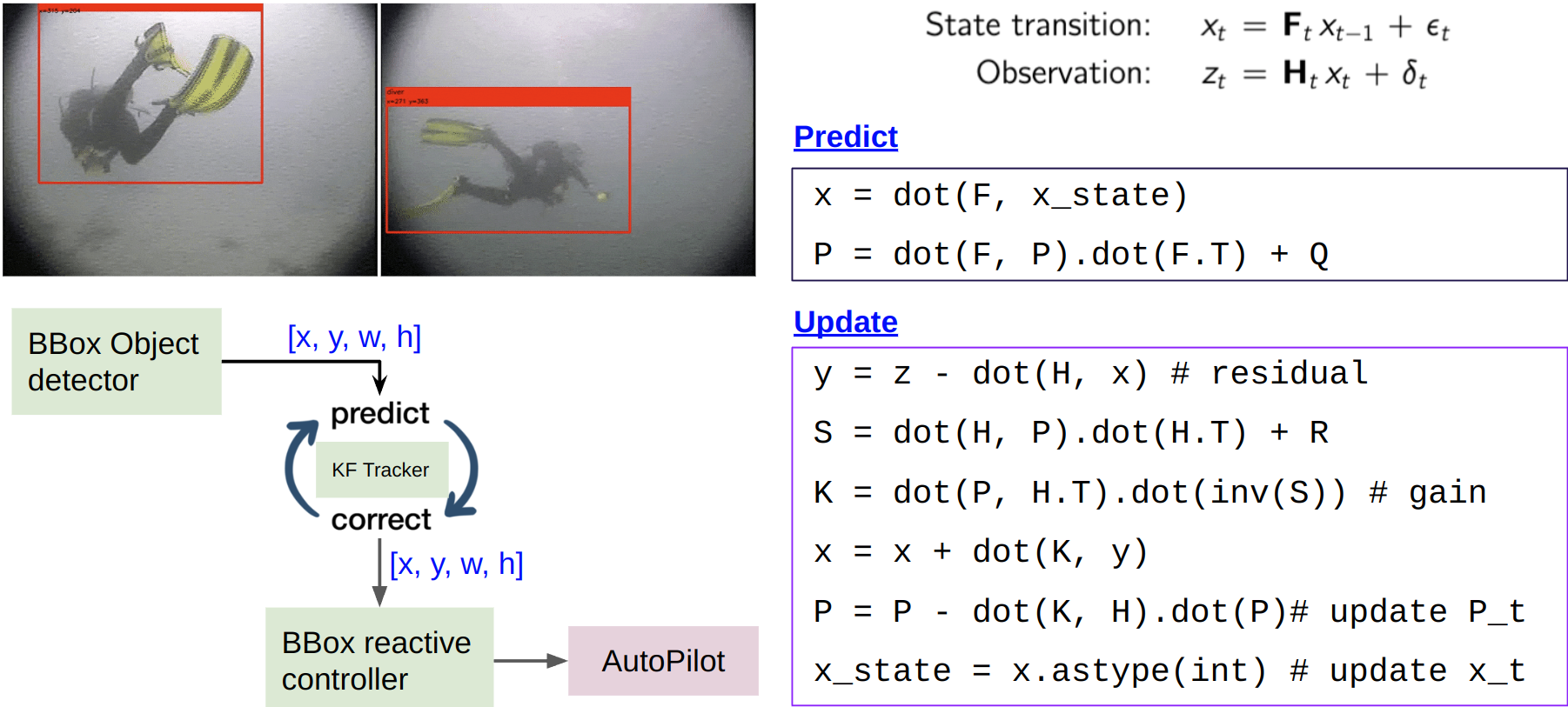INSTRUCTOR and TA
Md Jahidul Islam. Office Hours: Thursday 4:00 PM - 5:00 PM. @LAR-339D.
Lecture: M/W/F 3:00PM-3:50PM @LAR-330
TA: TBD. Office Hours: TBD.
COURSE PREREQUISITES
Microprocessor Applications or embedded systems or equivalent courses
Fluent in object-oriented programming (Python and/or C++)
Basics of linear algebra and calculus
Textbooks
Introduction to Robotics: Mechanics and Control (Pearson; 4th Edition).
By John Craig. ISBN-13: 978-0133489798. Pearson; 4th edition.
Probabilistic Robotics (Int. Robotics & Autonomous Agents series; 1st Edition).
By Sebastian Thrun, Wolfram Burgard and Dieter Fox.
ISBN-13: 978-0262201629, ISBN-10: 0262201623.
RECOMMENDED MATERIALS
